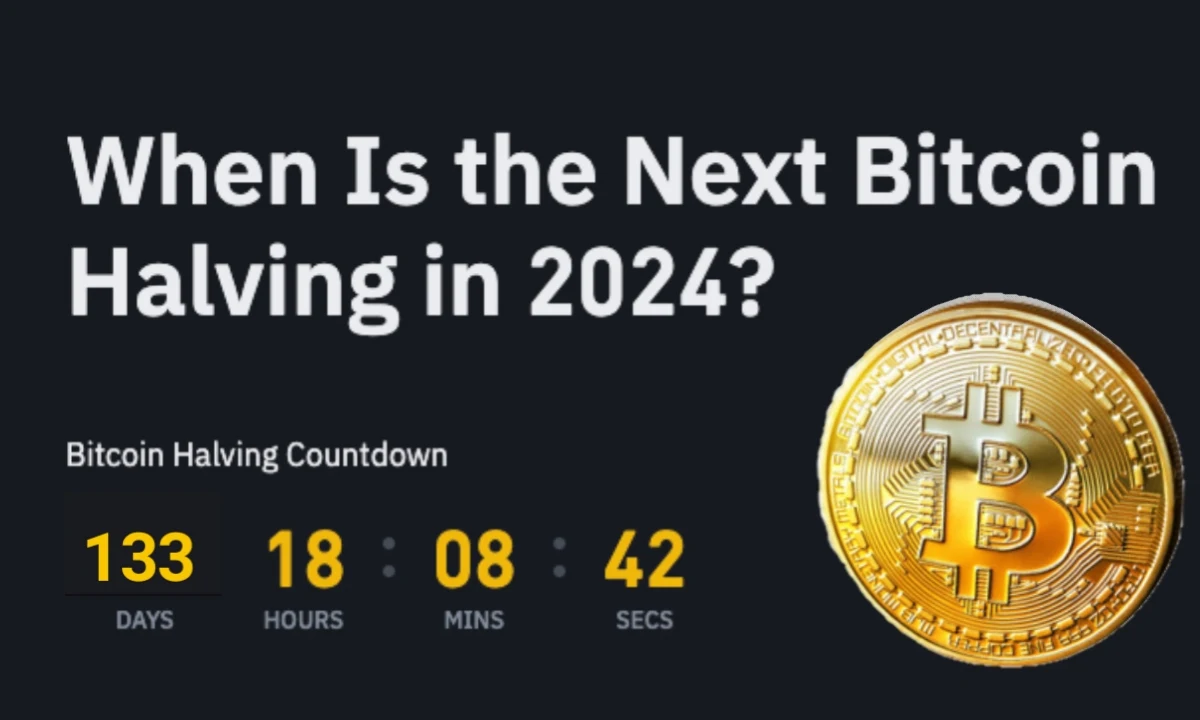The next Bitcoin halving is expected to occur in April 2024.
The exact date is not yet known, as the time taken to generate new blocks varies, with the network averaging one block every ten minutes. However, the halving is expected to happen around block 840,000.
 |
Bitcoin halvings are a built-in mechanism that reduces the amount of new Bitcoin that is created every four years. This is done by cutting the block reward in half. The next halving will reduce the block reward from 6.25 BTC to 3.125 BTC.
Bitcoin halvings are often seen as bullish events for Bitcoin, as they reduce the supply of new BTC, which can lead to an increase in demand and price. However, the past performance of Bitcoin halvings is not necessarily indicative of future results.
Here is a table of the past Bitcoin halvings:
| Halving Date | Block Height | Block Reward Before Halving |
Block Reward After Halving |
|---|---|---|---|
| November 28, 2012 | 210,000 | 50 BTC | 25 BTC |
| July 16, 2016 | 420,000 | 25 BTC | 12.5 BTC |
| May 11, 2020 | 630,000 | 12.5 BTC | 6.25 BTC |
| April 2024 (estimated) | 840,000 | 6.25 BTC | 3.125 BTC |
How does a bitcoin halving work?
A Bitcoin halving is a pre-programmed event that occurs every 210,000 blocks mined, approximately every four years. During this event, the block reward for miners is cut in half. This means that the number of new bitcoins entering circulation is reduced by half, which creates a scarcity effect and can potentially drive up the price of Bitcoin.
Here's how a Bitcoin halving works:
Block reward reduction: The block reward is the amount of Bitcoin that miners receive for successfully validating a block of transactions and adding it to the Bitcoin blockchain. The initial block reward was 50 BTC. After the first halving in 2012, it was reduced to 25 BTC. After the second halving in 2016, it was reduced to 12.5 BTC. After the third halving in 2020, it was reduced to 6.25 BTC.
Automatic halving: The halving is programmed into the Bitcoin protocol, and it happens automatically once a certain number of blocks have been mined. There is no need for any manual intervention.
Scarcity effect: By reducing the supply of new bitcoins, halvings can create a scarcity effect and potentially drive up the price of Bitcoin. This is because demand for Bitcoin may remain the same or even increase, while the supply of new bitcoins decreases.
Impact on mining profitability: Halvings can also impact the profitability of mining. Miners rely on the block reward to cover their expenses and make a profit. When the block reward is halved, their profits are halved as well. This can make it more difficult for some miners to continue operating profitably.
Long-term implications: Bitcoin halvings are designed to control the inflation rate of Bitcoin and ensure that there is a finite supply of 21 million bitcoins. Halvings are expected to continue occurring until all 21 million bitcoins have been mined, which is estimated to happen around the year 2140.
